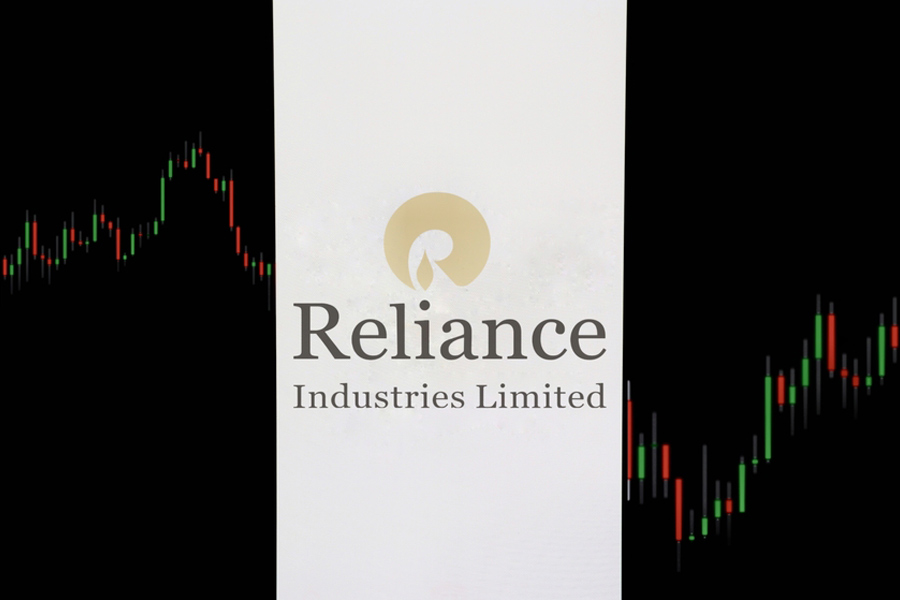Mukesh Ambani’s Reliance Industries may by 2030 earn $10-15 billion from its new energy business spanning solar to hydrogen but will need acquisitions or partnerships to make up for limited expertise in technology, said a report by Sanford C Bernstein.
Clean energy (solar, battery, electrolysers, and fuel cells) represents a new growth pillar for Reliance with $2 trillion in investment in India through 2050. India is targeting a solar capacity of 280GW and 5 million tonnes of green H2 production by 2030.
“We expect EV penetration will reach 5 per cent for passenger and commercial vehicles and 21 per cent for two-wheelers. Clean energy could have a TAM (total addressable market) of $30 billion in 2030 ($10 billion currently).
By 2050, “we estimate TAM could reach $200 billion and cumulative spending of $2 trillion,” the brokerage said in the report.
Oil-to-telecom conglomerate Reliance has announced forays into solar manufacturing as well as hydrogen in a pivot away from fossil fuels. Reliance plans to have 100GW of installed solar capacity by 2030 which is 35 per cent of India’s targeted capacity of 280GW.
“By 2030, we estimate Reliance could capture 60 per cent, 30 per cent and 20 per cent of solar, battery and hydrogen TAM respectively,” Bernstein said.
“Based on our assumptions, we estimate RIL can achieve around $10-15 billion of revenue from new energy business in 2030 which represents roughly 40 per cent of TAM.”
Reliance is building a green energy business to supply the equipment India will need for its green energy revolution. Reliance has committed to being a net zero carbon emission company by 2035, which is earlier than the target of any other energy company in the region.
“While Reliance has the balance sheet and relationships, they lack the technology and manufacturing know-how which will be essential for success,” the brokerage said.
Funding is not an issue for Reliance given the current balance sheet and free cash flow outlook.











